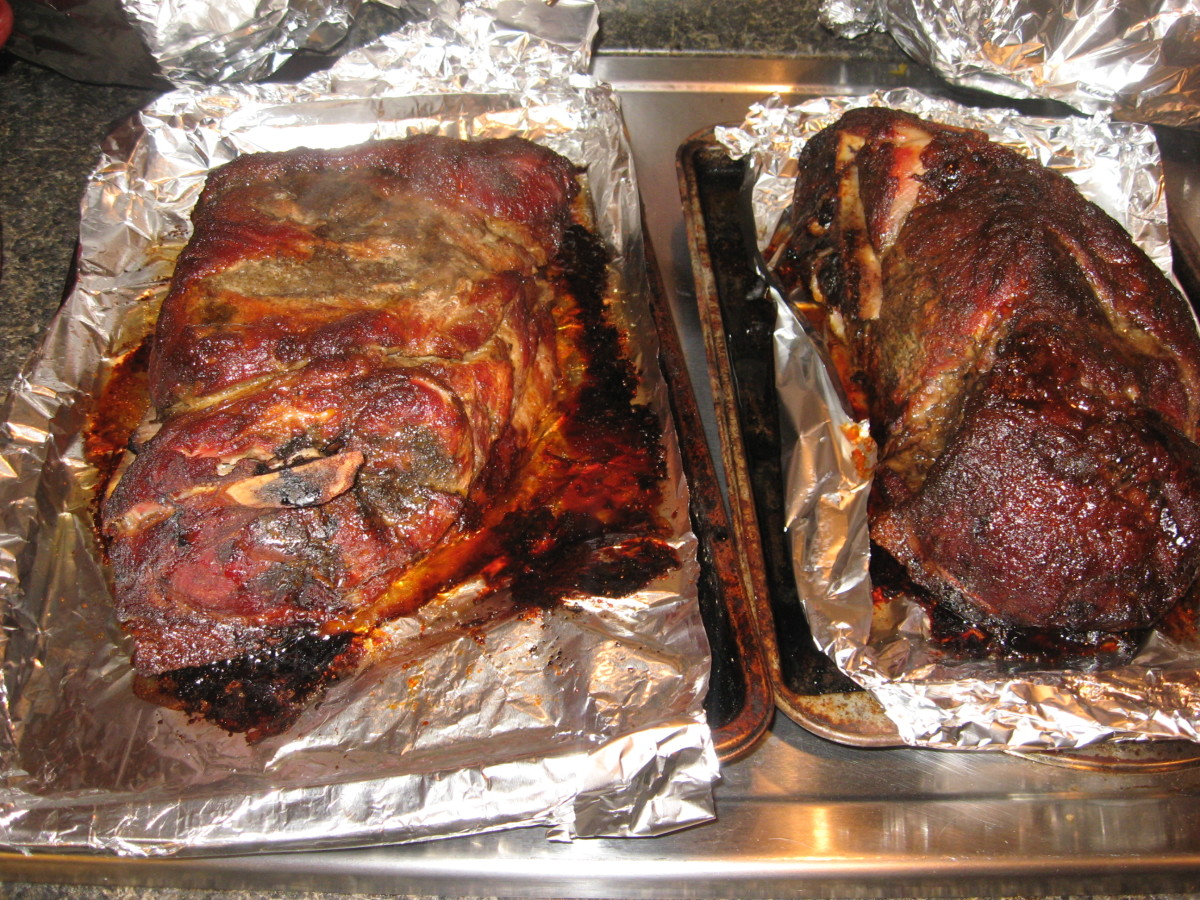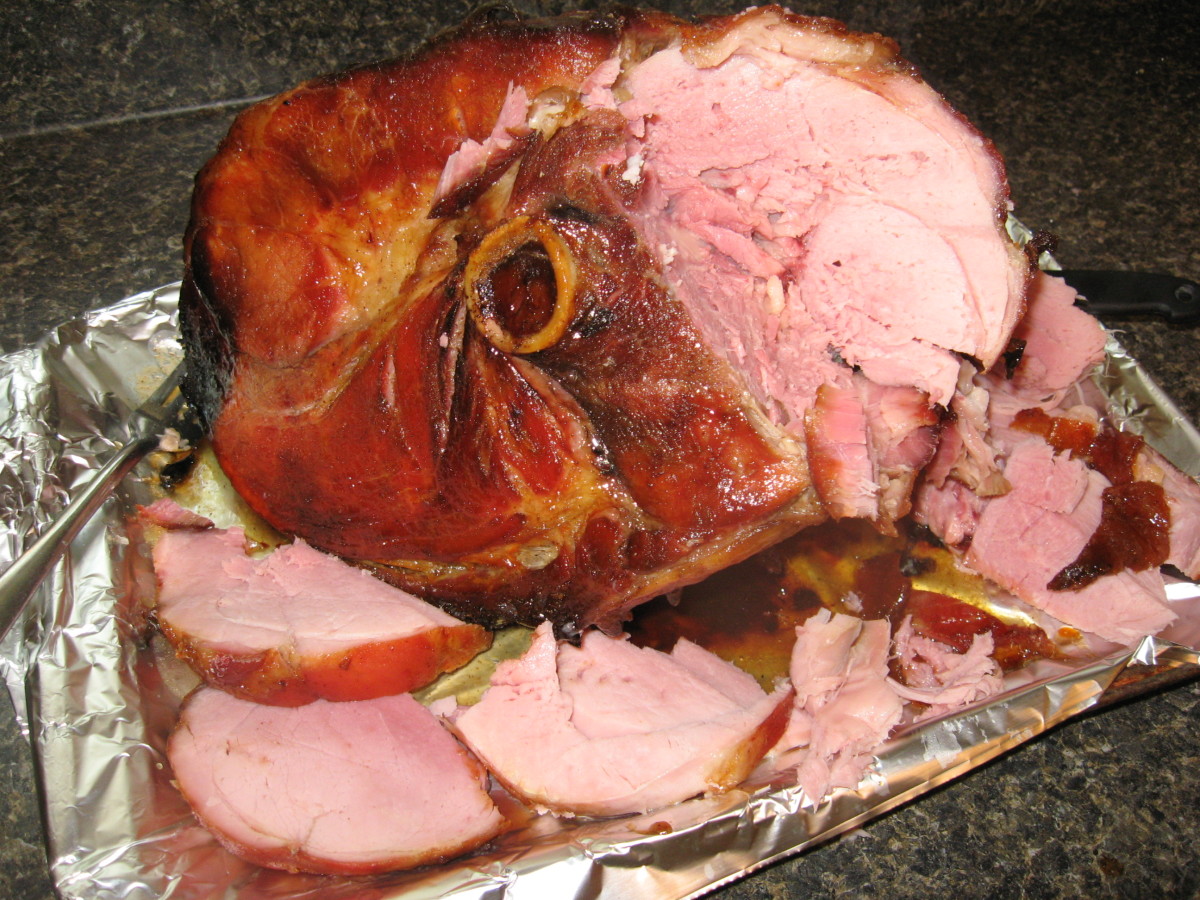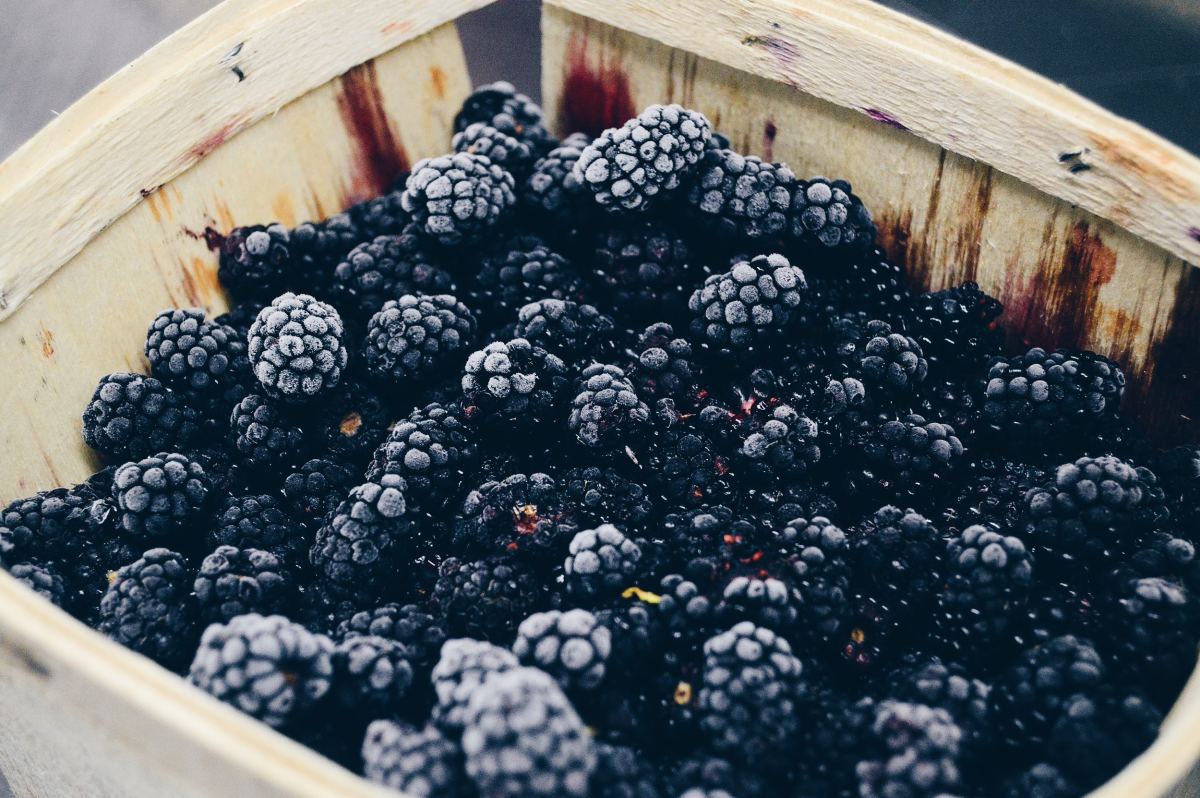Meat Rubs and Marinades
About the Author
I enjoy good food and have found ways to enhance various kinds of meats' flavor, tenderness and succulence by using various meat rubs and marinades. No culinary education needed; these recipes can be used by anyone.
Flavorful Cooking
Barbeque season is upon us, but flavorful meat created by the use of rubs and marinades can be enjoyed year-round. Few cooking techniques are as easy as using a rub or marinade and recipes abound for ingredients that add dazzle and depth to your food.
Depending on the desired outcome, you may choose one method over the other. No matter which recipe or method you use, your taste buds and those of your guests will be celebrating the results.
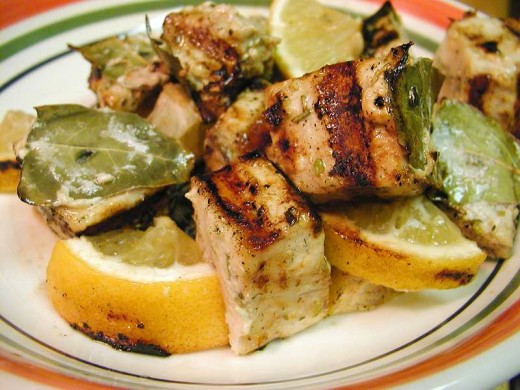
Dry Rubs, Wet Rubs and Marinades
Dry rubs, wet rubs and marinades are three ways to add flavor to your meat, fish and poultry. A dry rub consists of dry ingredients such as seasonings, herbs and spices mixed together before use.
Wet rubs, as the name suggests, include one or more ingredients that provide moisture to the rub. When the ingredients are mixed together, the wet rub forms a paste-like consistency.
Marinades are liquid with spices, seasonings or herbs added for flavor. A marinade can serve two purposes at once: added flavor and tenderizing meat.
Southwest Dry Rub Recipe
Dry Rub Recipe
Using A Dry Rub
Dry rub is my personally preferred method of pre-seasoning meat, fish and poultry that doesn't require tenderizing. A dry rub produces a thin crust of seasoning and flavor. It can be used in one of three ways: 1.) Applied by hand or measuring spoon onto meat, then rubbing it onto and into the surface. 2.) Placed in a spice shaker and shaken onto the meat like salt, using as much or as little as you choose. 3.) Placed in a bag into which your meat, fish or poultry is placed, then shake to coat.
Whichever method you choose, rinse the meat first. A small amount of surface moisture helps the rub adhere better.
You can make a fresh rub each time you need one or you can make a stock rub in quantity and save it in an airtight container. I make a stock dry rub in quantity to store and can add additional spices, seasonings or herbs in a small amount of stock rub to produce different flavors.
My recipe for stock dry rub: 2 parts seasoned salt, 1 part garlic powder, 1/2 part onion powder and 1/2 part paprika.
Very basic, to be sure, but that allows me a lot of creativity in adding other ingredients for specific cooking needs. For instance, I add a small amount of brown sugar for meat that will be barbequed. Ginger is a nice addition for Asian dishes. Because the seasoned salt contains sodium, I don't add any additional salt.
There's really no wrong ingredients to include in your dry rub. If you want to use nuts, seeds or herbs, be sure to grind or cut them first. You need small to fine pieces for the ingredients to adhere to the meat.
A dry rub can be applied to your food just before you cook it or it can be applied ahead of time to allow the flavors to absorb into the meat. If you're going to let the rub age on the food, be sure to cover it and refrigerate. The dry rub will not preserve the food, so you'll need to cook it in a timely manner.
How to Make a Wet Rub
Using a Wet Rub
Wet rubs, or pastes, provide a thicker coating to your meat, fish or poultry than do dry rubs. As with dry rubs, you really can't make any mistakes in choosing and mixing ingredients. Let creativity be your guide.
You can choose to use some of your stock dry rub as a basis or begin from scratch. Choose your dry ingredients and mix them together. Moist ingredients such as oil, minced garlic, oil, mustard--the sky's the limit. One of my personal favorites is to use a salad dressing such as Catalina or Italian for the moist ingredient.
Unlike a dry rub, the wet rub should be made just before cooking. If you are going to use your basic dry rub, you can do so, just don't add the moist ingredient(s) until time to use it.
Use a pastry brush or barbeque brush to slather the wet rub onto your food. Have the cooking surface you'll be using already hot before you place the coated meat onto it.
To keep the flavorful crust intact, avoid moving the food. Use tongs or other thin utensils when you do have to move the food, such as to turn it over. Only turn your wet-rubbed food once for best results.
Fellow hubber Habee has a scrumptious-sounding recipe for Southern-Style Smoked Pork Loin using a wet rub, complete with recipe for the rub and smoking the pork loin.
Marinade for Chicken
Marinade and Sauce for Pork
Using a Marinade
Marinades are seasoned liquids, usually containing a combination of oil, spices, herbs or seasonings, and a tenderizing medium.
Any oil can be used; you may prefer the taste that olive or peanut oil adds. The oil keeps the meat from drying out and helps to lock in its natural flavor.
As for spices, herbs or seasonings--your imagination is the limit. I keep things simple and use my basic dry rub, then add other spices and seasonings.
The tenderizing agent breaks down some of the protein binding the meat together, but is only able to penetrate the meat for 1/4 inch on each side--unless you inject your marinade inside a thicker cut of meat such as a pork loin or beef roast.
Natural tenderizing options include products containing vinegar, sherry, wine, buttermilk and citrus juice. Pineapple, papaya and fresh garlic also contain enzymes that tenderize meat. If I am going to use the meat in a recipe that includes tomato, I add tomato juice to my marinade.
Mix your ingredients together. Place your meat in a glass, ceramic or plastic container or plastic storage bag, then add your marinade. Cover the container and place in refrigerator. Turn the meat at intervals to ensure all sides of the meat are equally marinated.
How long to marinate? There are no hard and fast rules. The thickness, density and tenderness of the food you are marinading are the considerations to be used in determining length of time.
Marinading fish for 30-60 minutes is sufficient. For all other meats and poultry, I marinade for at least four hours and many times overnight.
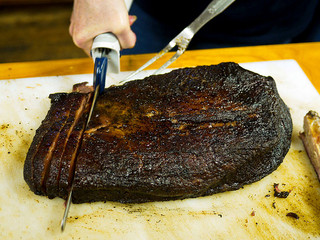
Recipe for Beef Brisket
Beef brisket is a great cut of meat on which to try rubs and marinades, both for flavor and tenderness. Brisket is a popular meat to use for barbequing and for smoking; this recipe is for cooking your brisket indoors.
Begin by washing the brisket, then patting dry with paper towels. Generously apply your favorite dry rub to both sides and edges of the meat. Place in a container and cover, allowing to stand overnight in the refrigerator.
The next day, move your brisket from its holding container and place in roasting pan; cover tightly with aluminum foil. Bake in oven set to 375 degrees for four to seven hours, depending on the size of the brisket.
If you like barbeque or other meat-flavoring sauces, remove aluminum foil about 20 minutes before completion of cooking time and baste your brisket with desired sauce. Return to oven uncovered.
Allow the brisket to stand for 10 to 15 minutes after removing it from the oven. When slicing it, slice cross-wise against the grain of the meat. Now all you need to do is sit back and enjoy!
Basic Dry Rub (that I use):
Seasoned salt, Garlic Powder, Paprika, Onion Powder
More on Meat Rubs and Marinades
- Learning to Smoke a Brisket in the Smoker
Learning to smoke a Brisket is a new task for my husband and I that we are slowly learning to master. We have been practicing with a Brisket and at the beginning was not easy but we are slowly getting the hang of it and are producing some yummy Brisk - Smoked Pork Shoulder - with Beer Marinade, BBQ Rub, and Recipe for BBQ Sauce
An amazing BBQ pork recipe, with a beer marinade, a sweet-spicy rub, and a recipe for BBQ sauce with beer. Photos and detailed instructions included. - Recipes From Spain
- Divine Meat Marinades





